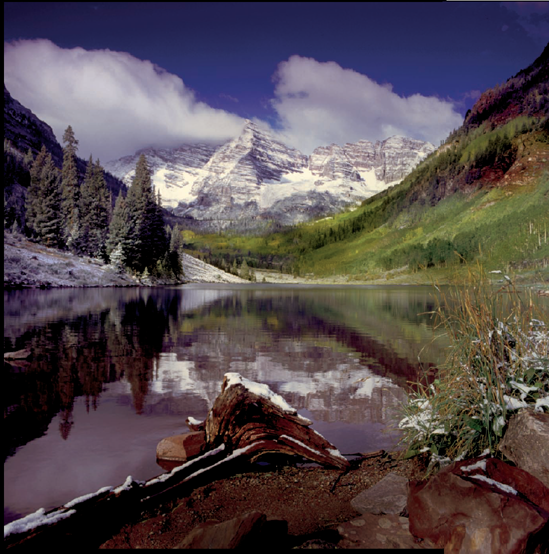Chapter 7. LIGHTING SCENARIOS IN LANDSCAPE PHOTOGRAPHY

Lighting Terminology
Timing Your Landscape Exposures
Working with Overcast Light
Using Filters to Enhance Your Shot
Shooting Landscapes in Fog
You've no doubt seen an Ansel Adams or a David Muench western landscape photograph. These photographers spent years mastering light, composition, exposure, and timing to create unbelievable photographic art of the American West.
One of the most vital elements that goes into any landscape photograph is the light. And those photographers spent countless hours finding their locations and waiting for the light to be just right. Throughout the day and throughout the year the light is rarely the same twice in any location. Sunlight is always changing, so when shooting landscapes you must learn to work with the weather to create the best light and shadow opportunities for your photographs.
However, landscapes are much more than just the great canyons, mountains, and oceans of the world (see 7-1). Because you can look at the world in many different ways, I want to look at landscapes as a style rather than focusing on the specific photography subject. Landscapes can be in a city, on the plains of the central United States, in the suburbs, or even in your home or workplace, such as in 7-2. Each of these locations has its own distinct lighting characteristics and challenges, which are discussed in this chapter. ...
Get Lighting Photo Workshop now with the O’Reilly learning platform.
O’Reilly members experience books, live events, courses curated by job role, and more from O’Reilly and nearly 200 top publishers.

